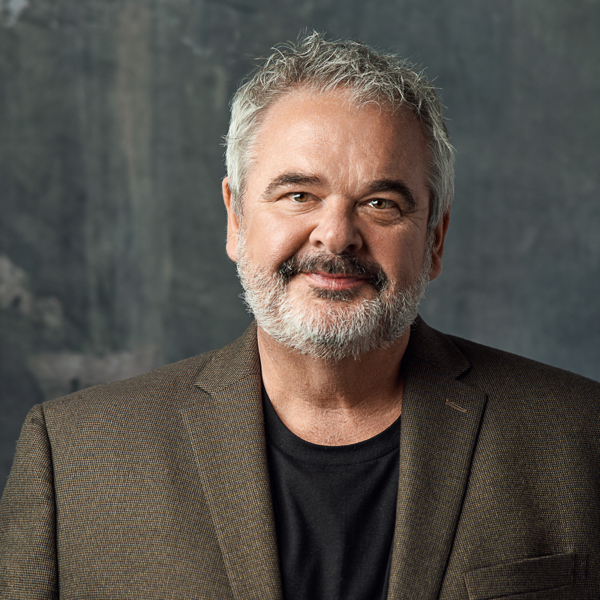10. COMMUNICATION IS ACTION
Communication creates change. Be clear: what is the change you want the audience to go through? ‘I am telling you this (so that what..?)’ What change is your communication designed to bring about? Tell your audience up front so they don’t have to guess. Even if you are scared of them saying NO, it is better to have them come out with that clearly, so you know what you are dealing with - rather than have your audience hide their doubts behind your lack of clarity.
9. INFORMATION ALONE NEVER CHANGED ANYTHING
Information is overvalued as a catalyst for change. On its own, information (and its cousin ‘understanding’) does nothing. Information (What) plus application (How), however, is closer to wisdom. But even then, you are still lacking a motivating force. How do we connect with hearts and minds? How do we inspire? Call your audience to action. Energy does not come from understanding, it is released from purpose and contribution, meaning and cause. W+H*Y!
8. STORIES CREATE ENGAGEMENT
Stories connect us – quite literally, brain-wise. No-one you meet is immune from that. It is a myth that Senior Directors are only interested in numbers. They are also looking for confidence and trust, which are intangible emotions as much as they are objective facts.
7. WHERE’S THE TENSION?
Stories take off at the ‘But one day...’ (or Catalyst) stage. If there is no threat, no challenge, no danger, no disruption, there’s no story…nor will the listener empathize or engage.
6. BE LIKE A GREAT SERVER IN YOUR BEST RESTAURANT
A communication is an act of service. Give them what they want and need, not everything you could. And Help your audience to understand. Use simple structures: 1, 2, 3; Before During After; One region at a time etc. Complex subjects, especially, require you to break them down rather than leave them complicated.
‘I couldn’t understand her presentation so she must be really smart!’ is not what people say.
5. CHECK IN
Roughly half-way through your communication is a hard stage for your audience. Stop to check in with them. Review. Re-connect. Ask them if they are getting what they came for.
4. WHAT’S YOUR STORY?
There are no facts outside of a context. You are part of the context. You are a story too: so, what is the Story of You? Don’t leave that out. In rhetoric, it’s called personal disclosure…Tell them why you care about this proposal.
3. AUTHENTICITY CONNECTS.
Be yourself, Oscar Wilde said, because everyone else is taken. Showing flaws and vulnerability inspires people to care, to empathise. And they’ll become curious about how you overcame those problems.
2. SHOW US, DON’T TELL US
Impact is 93% visual and the sound of voice; only 7% of any impact comes through the words you speak. The word ‘performance’ literally means to make visible or solid. Think about moving physically when you present; gesture; paint pictures with your hands; use eye contact; change your facial expression (all this is possible virtually too). And move your voice: change the pace; use pauses; shift the tone to suit the story you are telling.
1. NEVER BE BORING!
Boring communicators are not more intelligent, they are just more boring…
But remember there are no boring subjects…just disinterested audiences (i.e. those that haven’t yet realized why they should listen to you). And that takes us back to Number 10 – if you can help your audience, they will not be bored - they will be interested!
